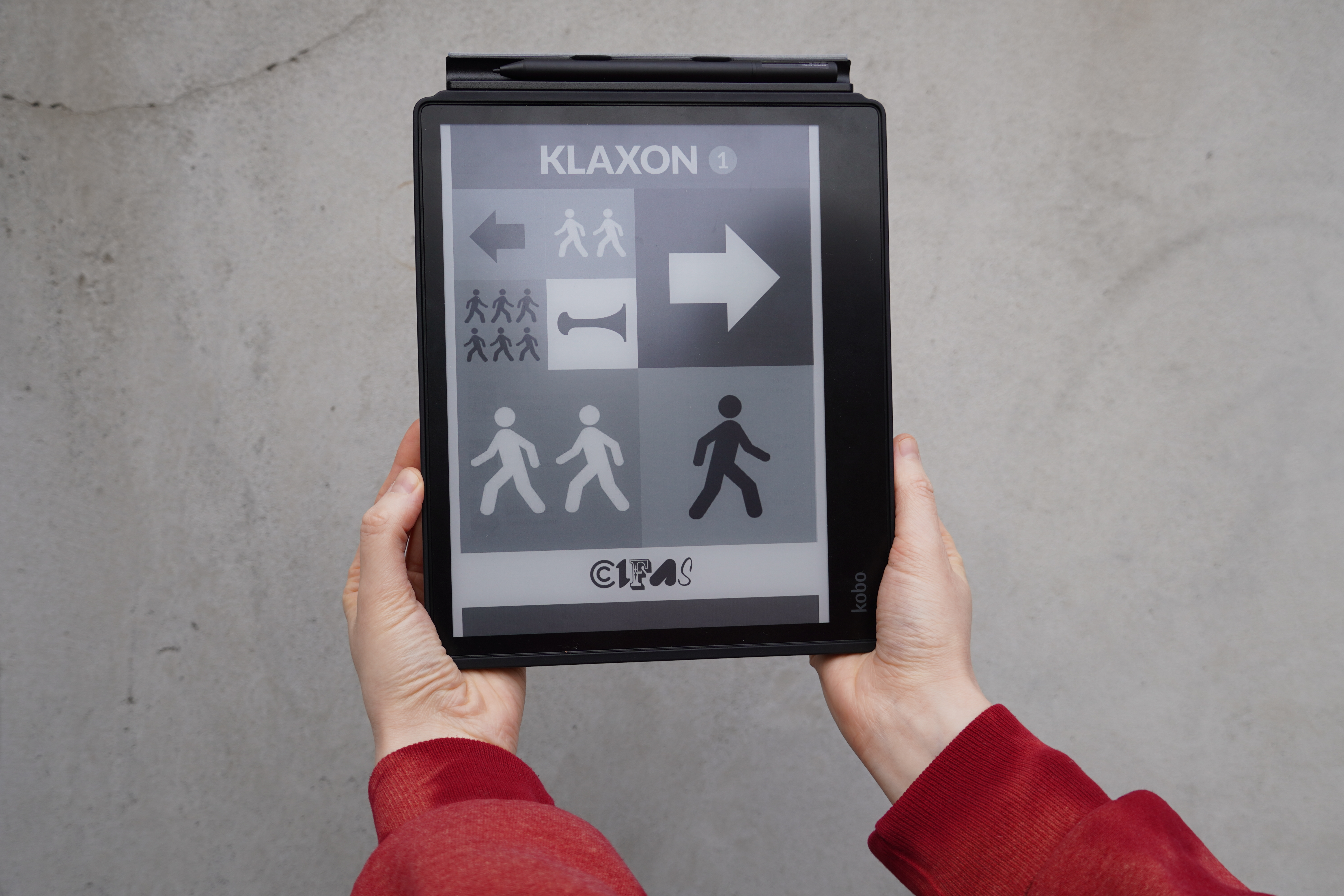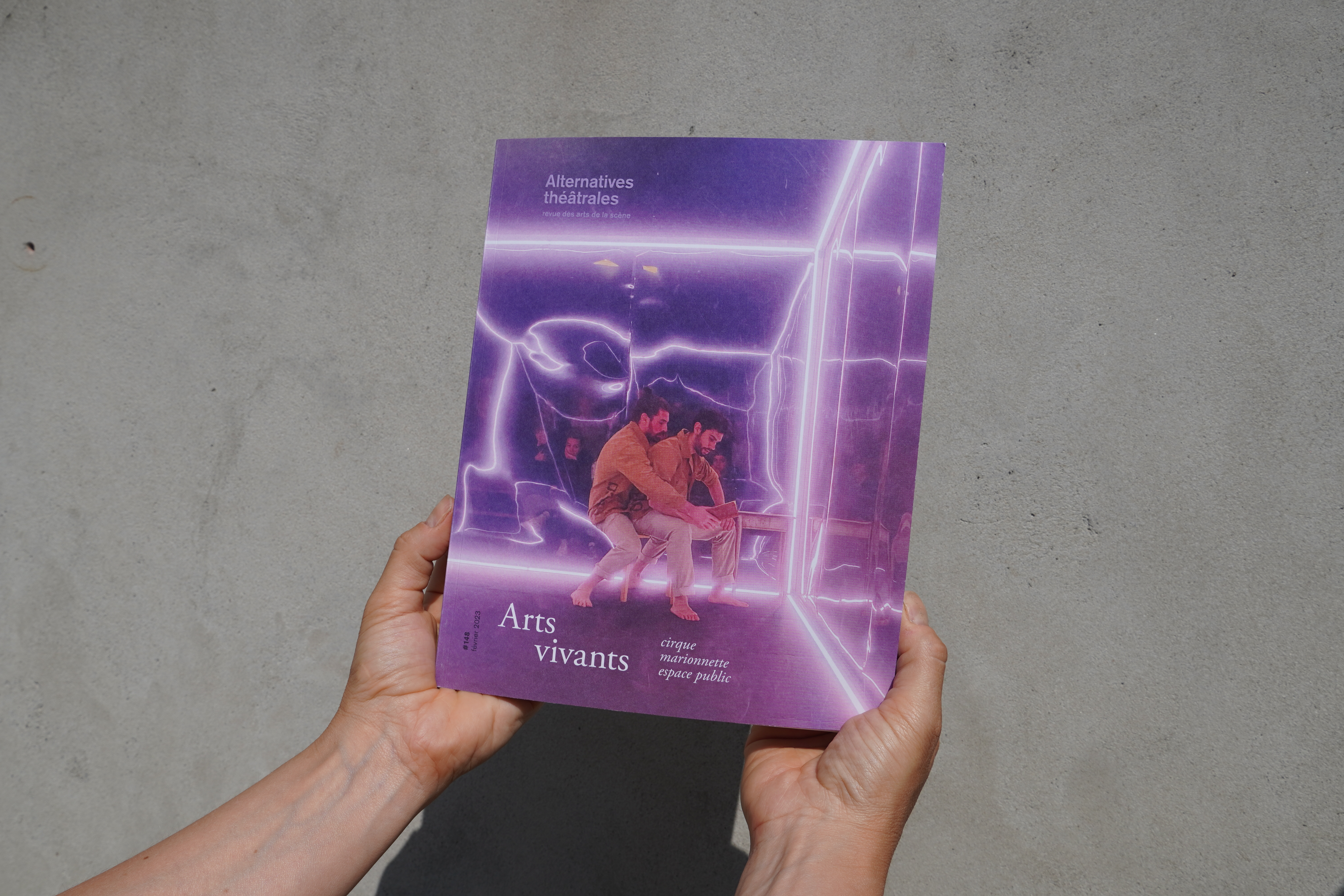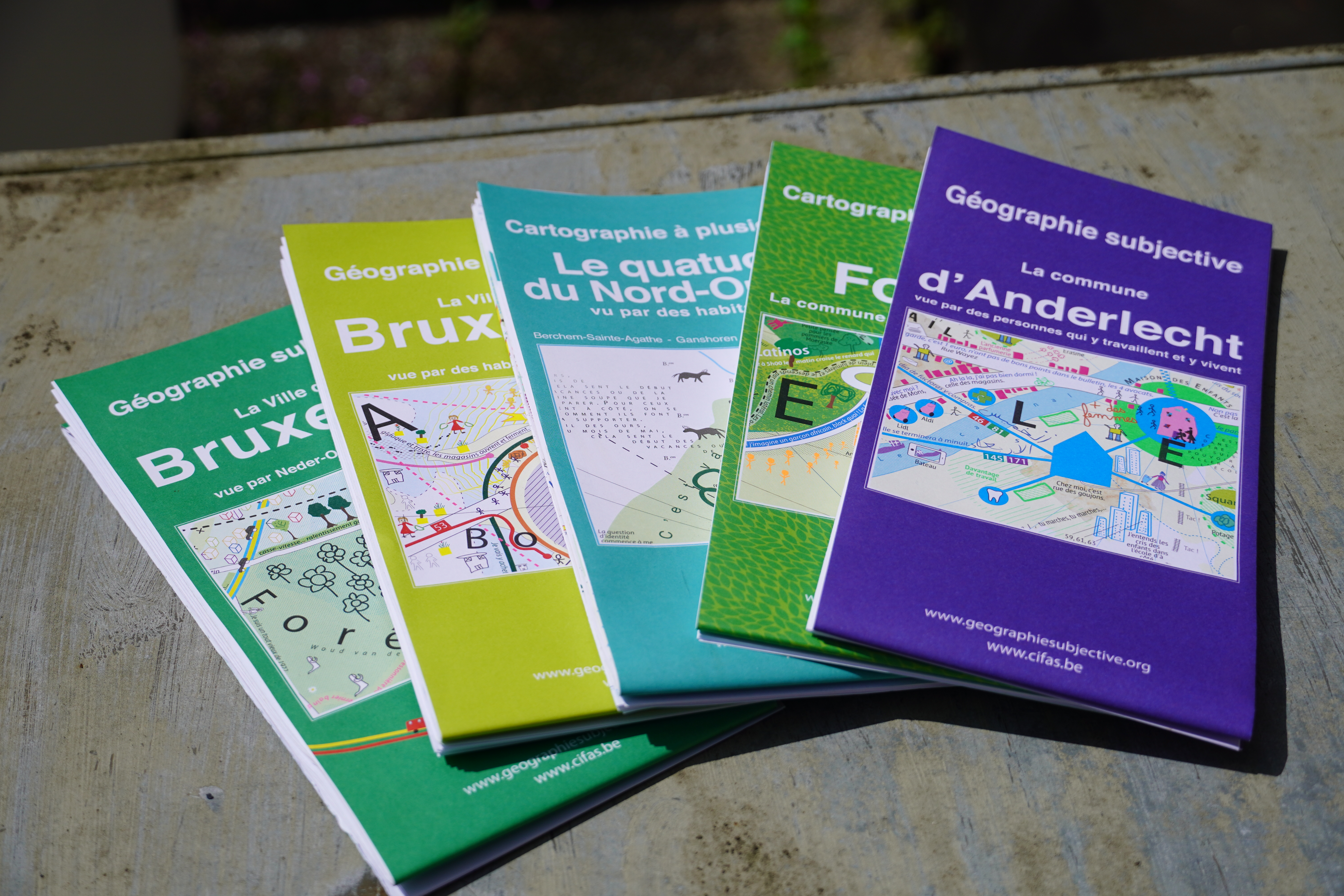Feral Magazine
Feral Magazine n°3
| 2025 |

Look back at Feral festival 2024 examining the growing importance of rituals in contemporary performing arts
Feral Magazine n°2
| 2024 |
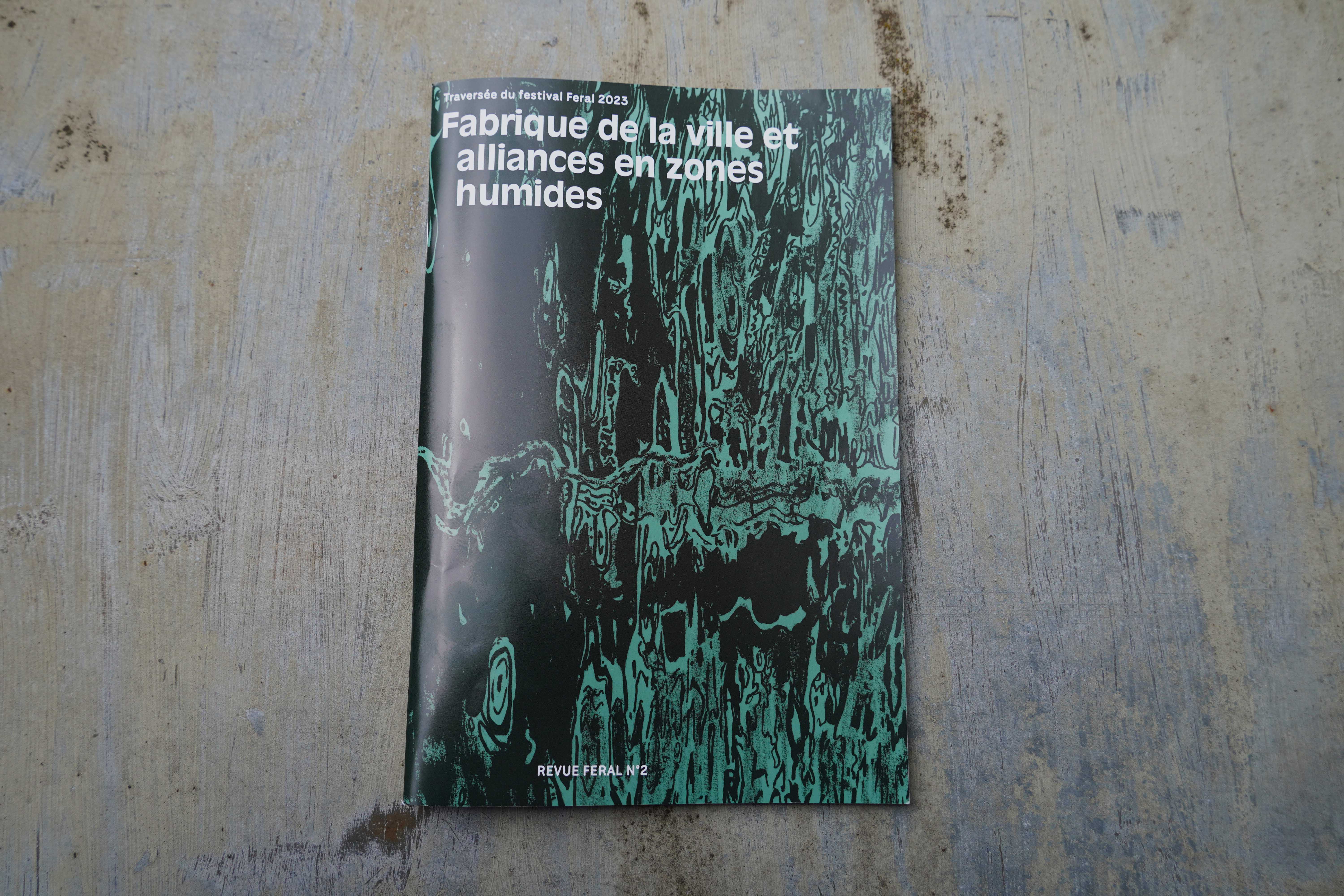
Journey through Feral festival 2023 : water solidarity and the role of artists in the making of the city
Feral Magazine n°1
| 2023 |
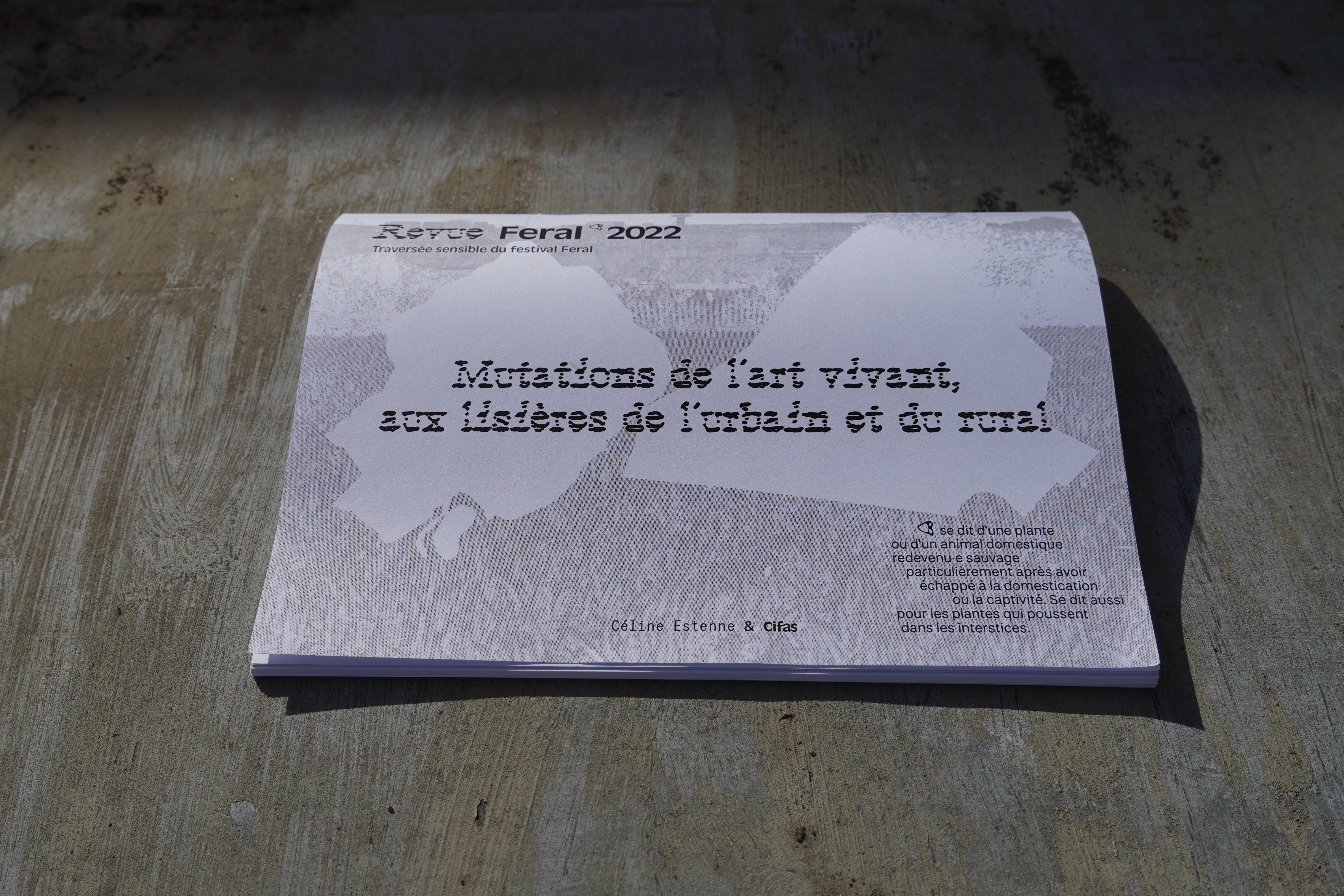
Looking back at 2022's edition of festival Feral: the relationship between urban and rural
KLAXON
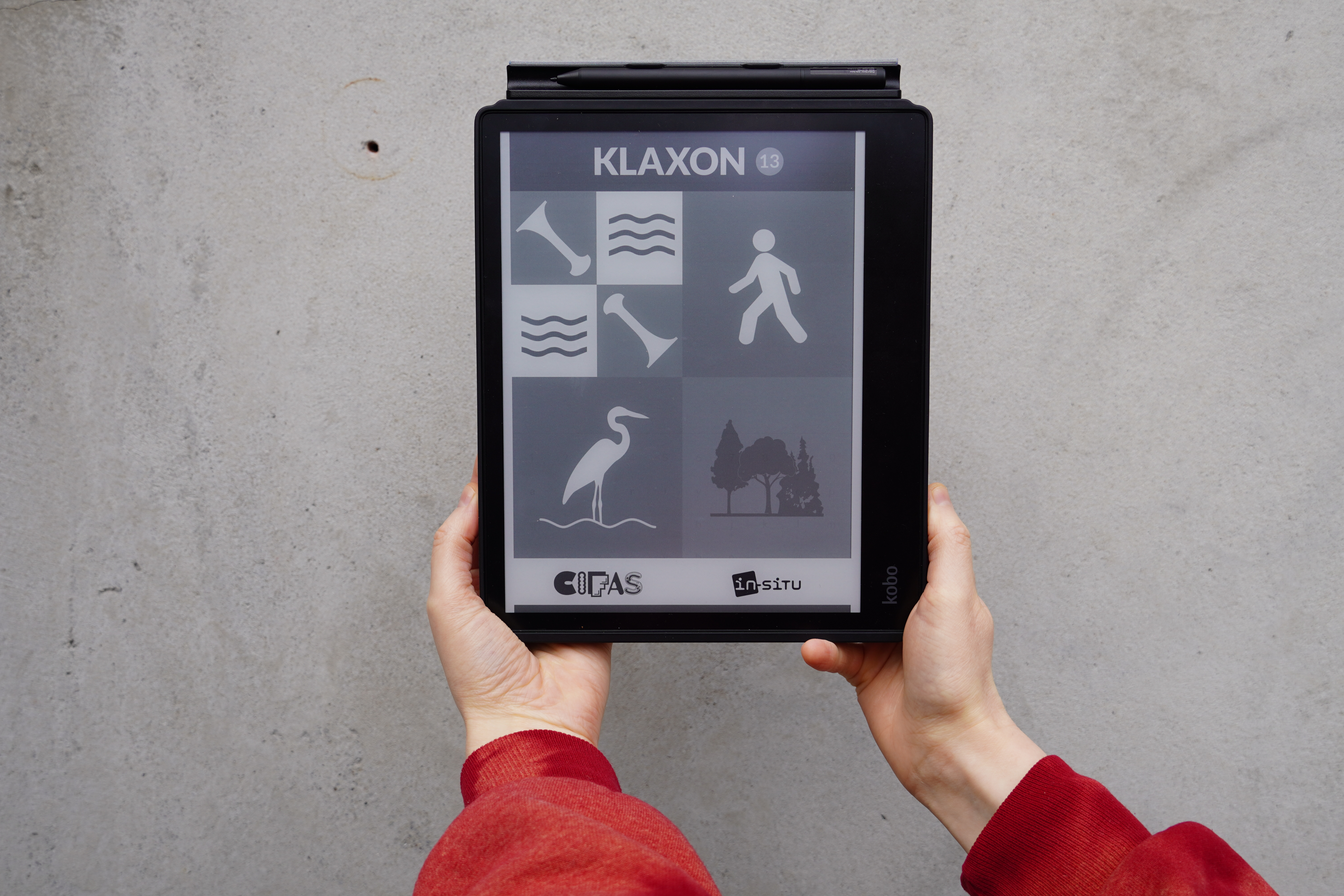
How can creation in public space transform our representations of the living and situations, our imaginations and reality? Complementing the previous issue, this 13th opus of Klaxon tackles artivist creation aiming at transforming the world by supporting the living.
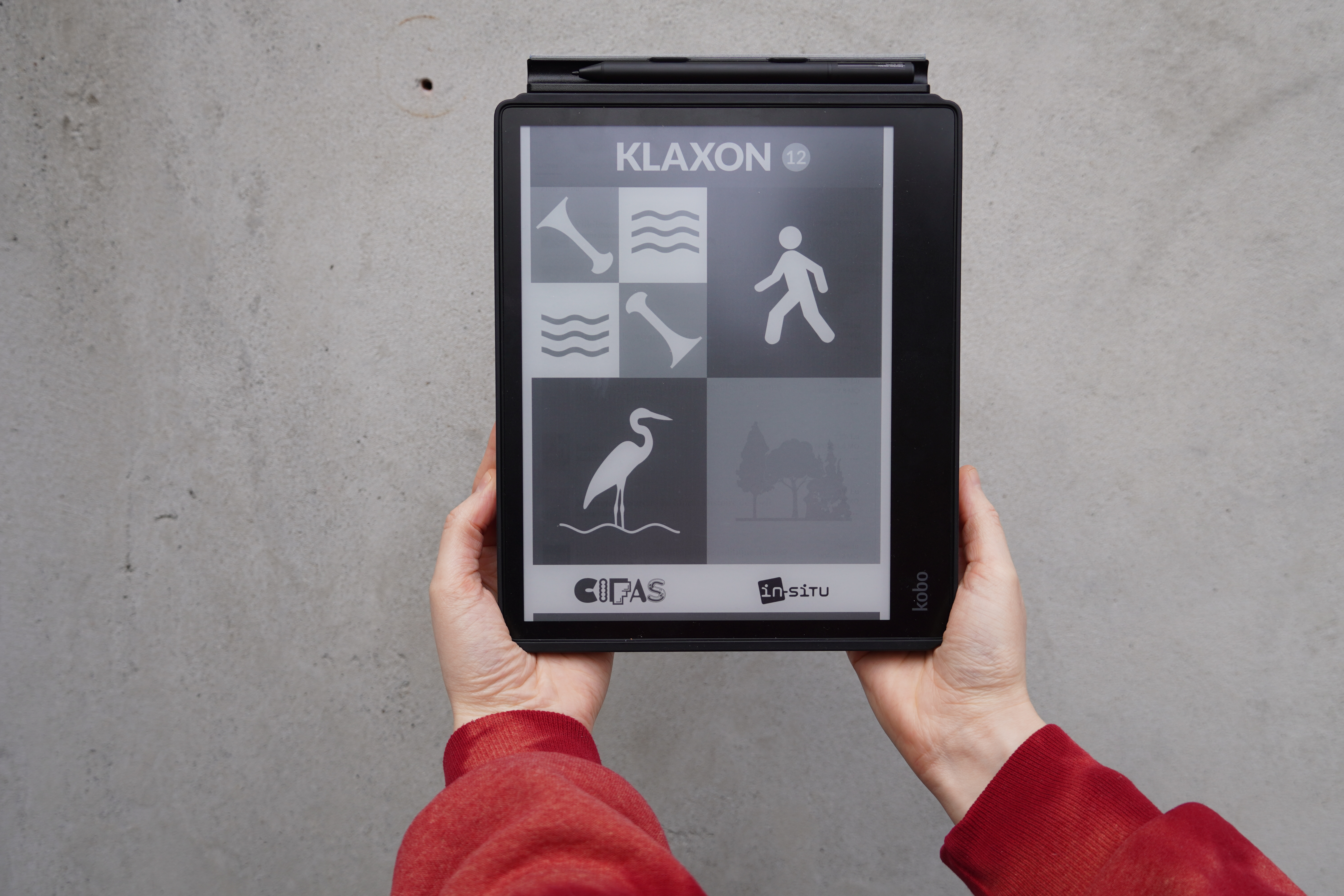
Because the imaginary is not "a smoke or a sweet dream" but "what bridges the action" (Damasio), because it is urgent to reconfigure our imaginaries of the living, Klaxon dedicates this issue to artists concerned with working on the "recomposition of the world".
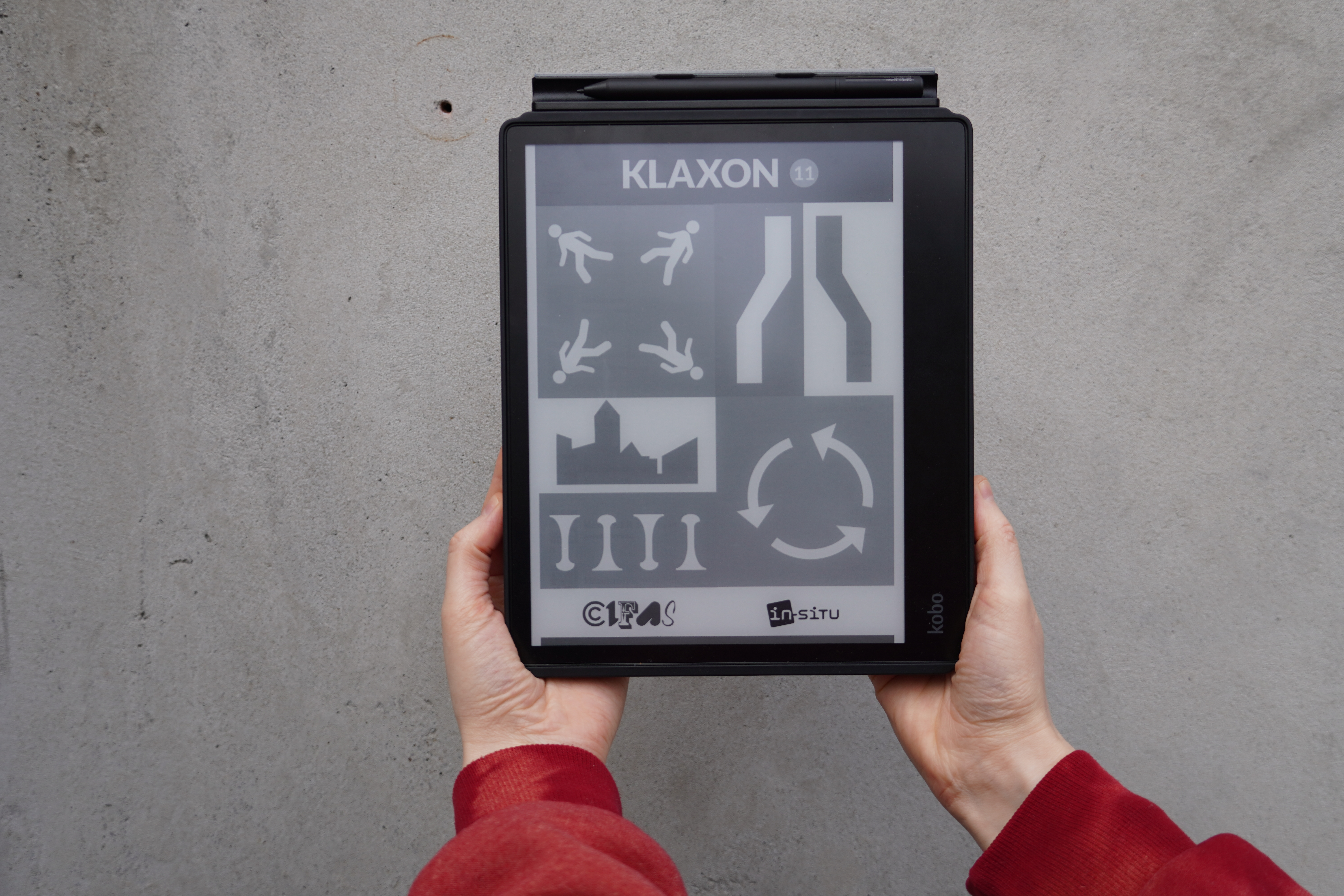
By claiming to have a plural approach to urban spaces, artists stand out from the approaches deployed by professionals who are traditionally in charge of transforming the built environment, whether they are urban planners, engineers or architects. This issue of Klaxon is devoted to what will be called the "factory of urbanity".
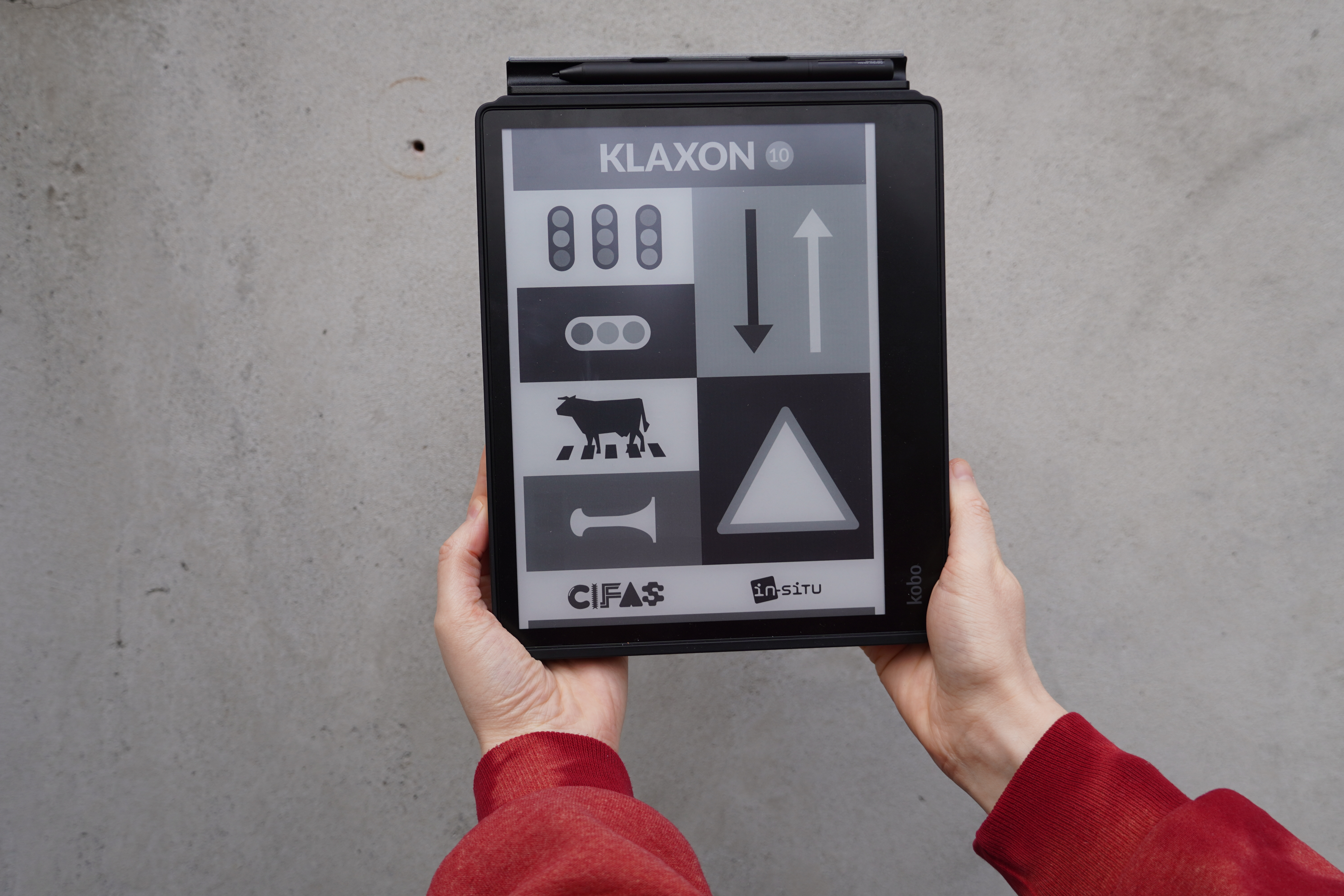
Performing art in public space is undeniably consensual, for it operates in shared space. At a time, however, when the institutionally preferred modus vivendi is to claim consensus in order to avoid being challenged, it strikes us as critical that artists not forget the vital role that disagreement, and even conflict, plays in democracy.

For some years now, we have been witnessing the "singular" resurrection of ideas of sharing, the principles of pooling as well as collective actions and the reinvention of community rules. But, as the American philosopher Judith Butler has underlined, whenever people come together in public space, it is often to demonstrate about the fact that they are being deprived access to it, or that their rights have been flouted or threatened: hence, these gathering are at once an expression of resistance and a sign of vulnerability.
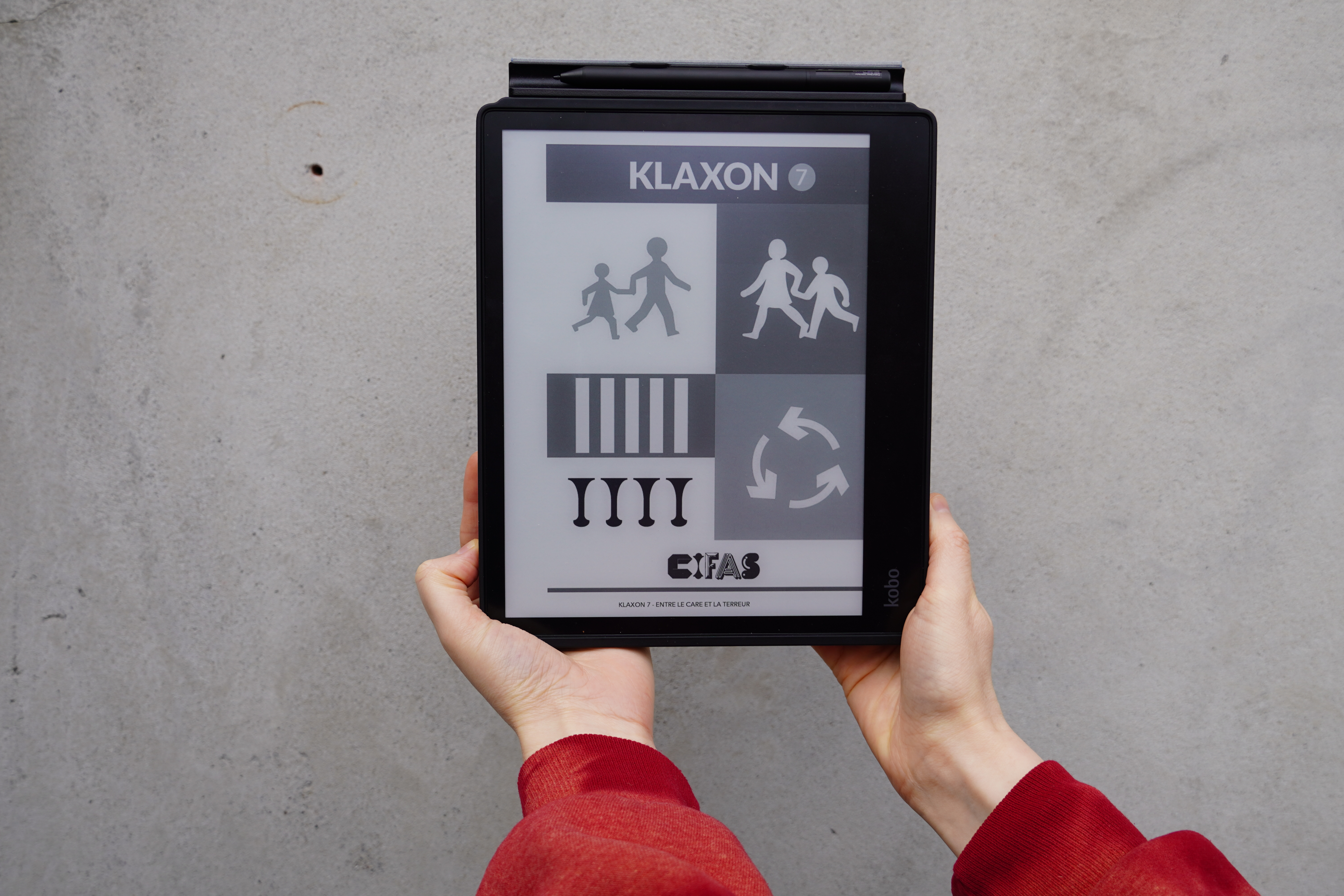
Confronted with terror, what can art do? “Care” was one of the options explored, here by Joan Tronto. This issue also echoes artistic approaches that focus on interactive forms in society in the interest of the other, integrating the notion of care—without yielding to sentimentality in any form.
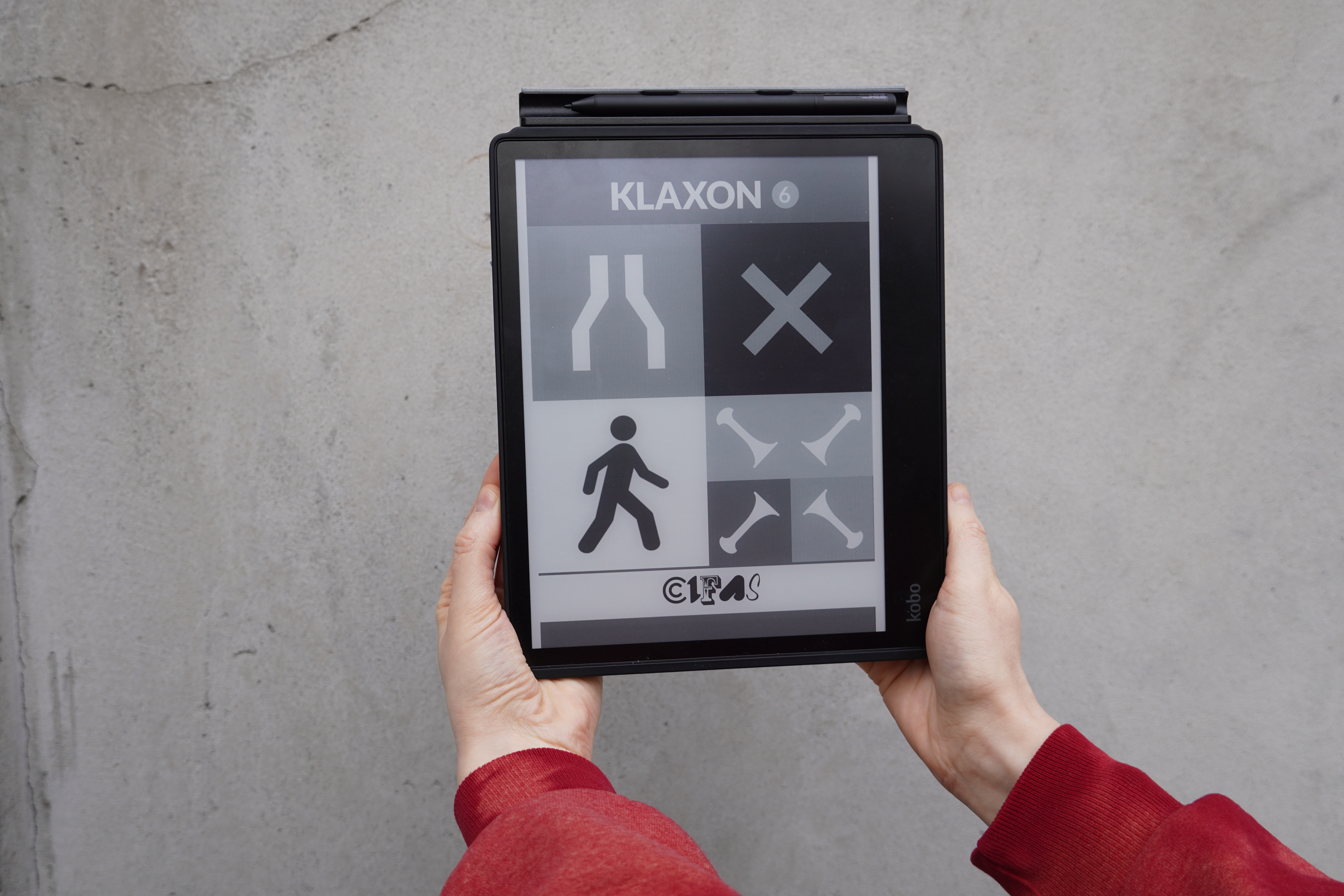
This sixth issue of Klaxon continues in a similar dynamic vein to our previous issue, which was also devoted to the theme of social justice. We would now like to introduce you to new forms of thinking on or artistic practices aiming to restore public space/s to bodies usually relegated to the margins: here, we will focus on experiences by women, by Roma, by young people and immigrants, by the homeless and the sick, by transgender people.
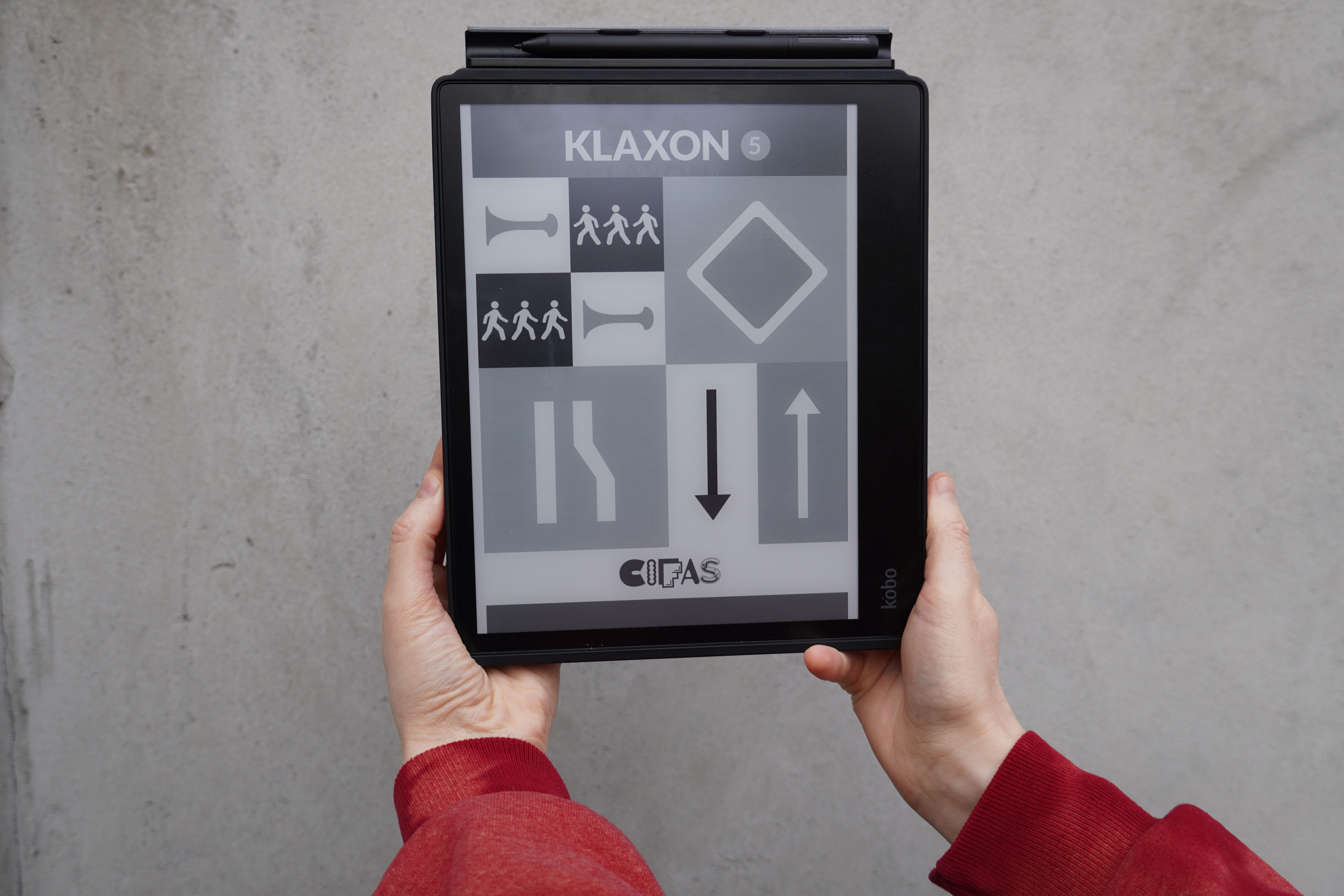
In this fifth issue, we question the place of the excluded body in city neighbourhoods, those alienated bodies rejected by cultural or social practices due to their perceived strangeness and difference.
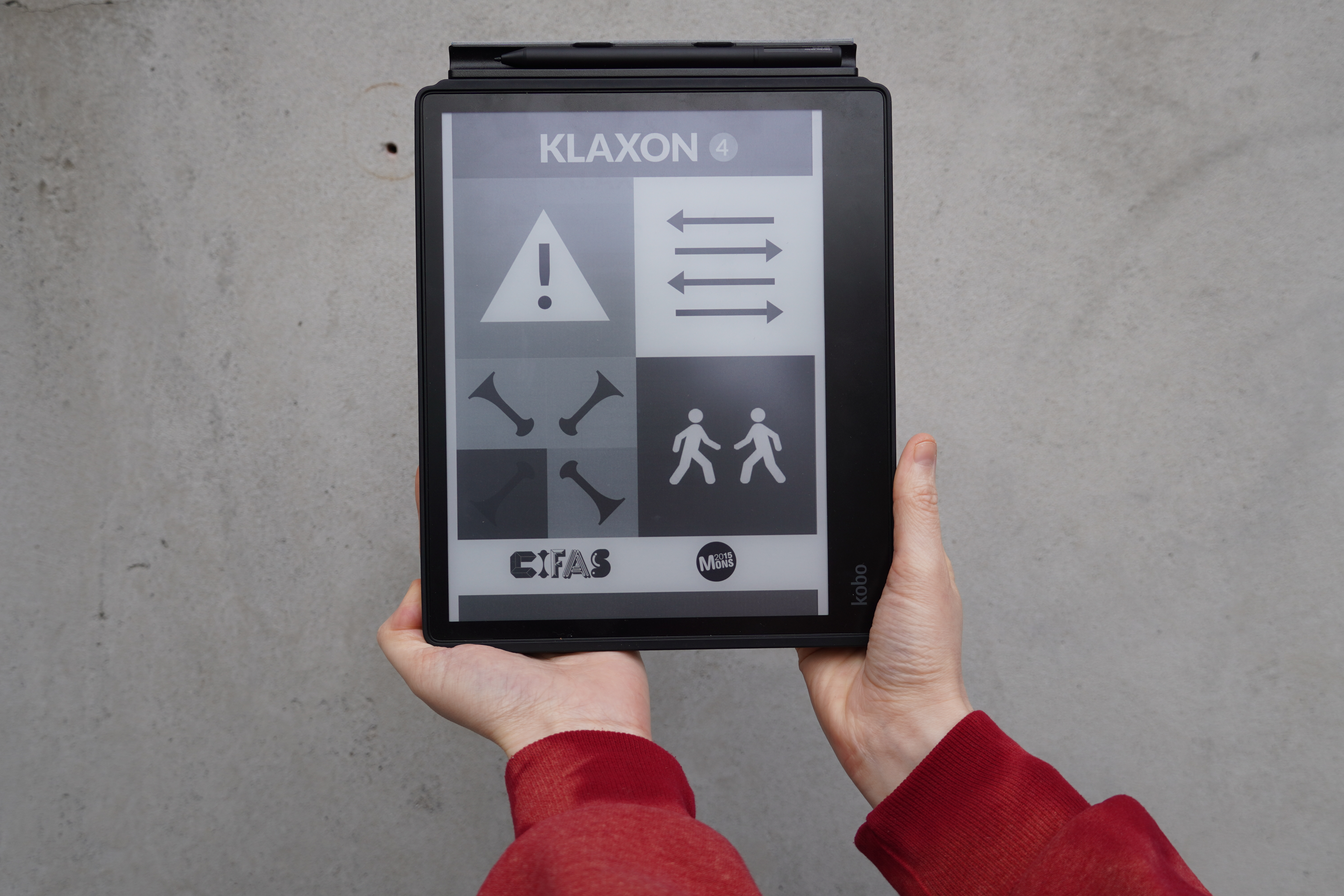
In Klaxon 4, we discuss the notion of participation that is to be found more and more in artistic actions in public space.
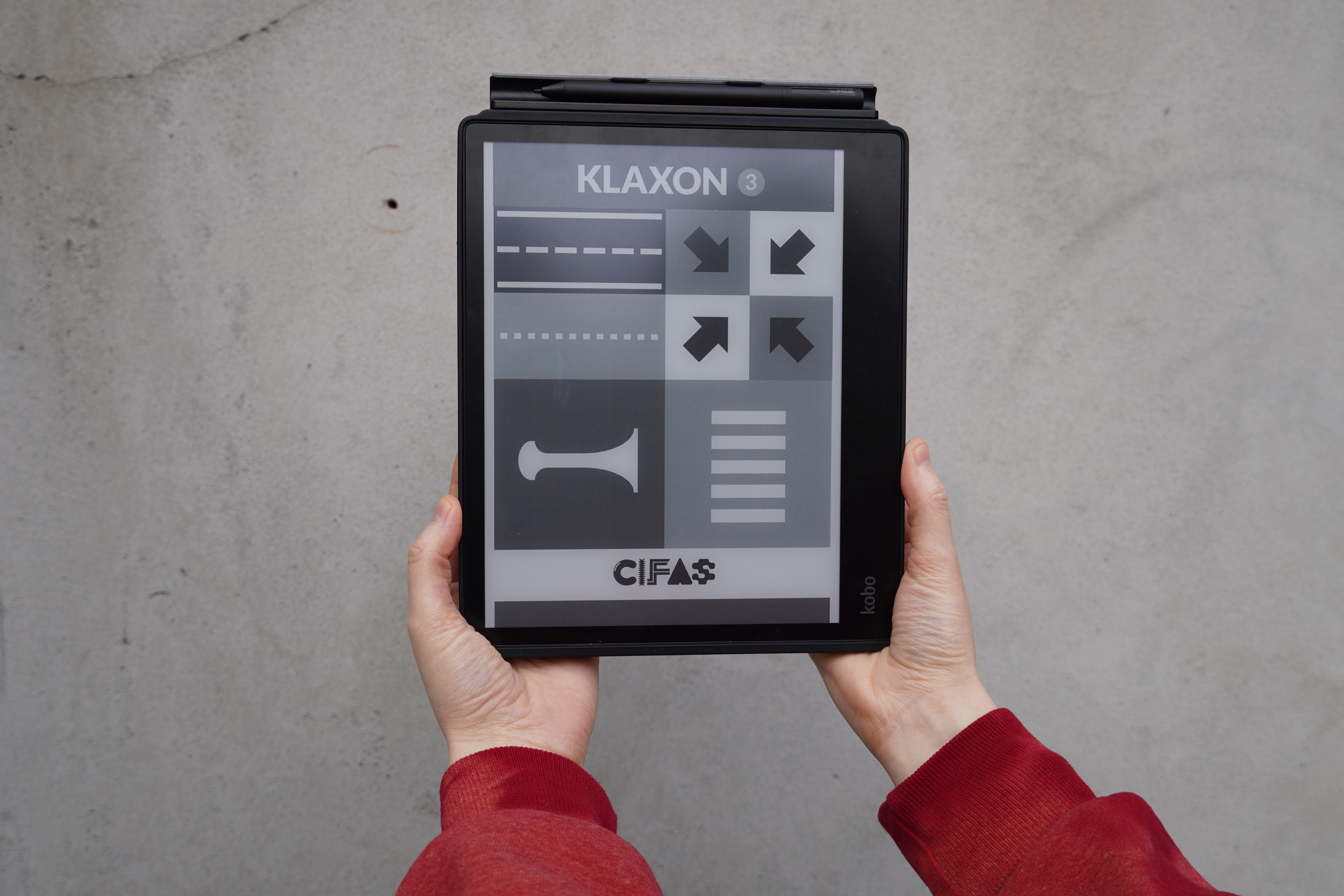
Klaxon 3 directly addresses those artistic practices that endeavour to redefine the lines drawn in our cities.
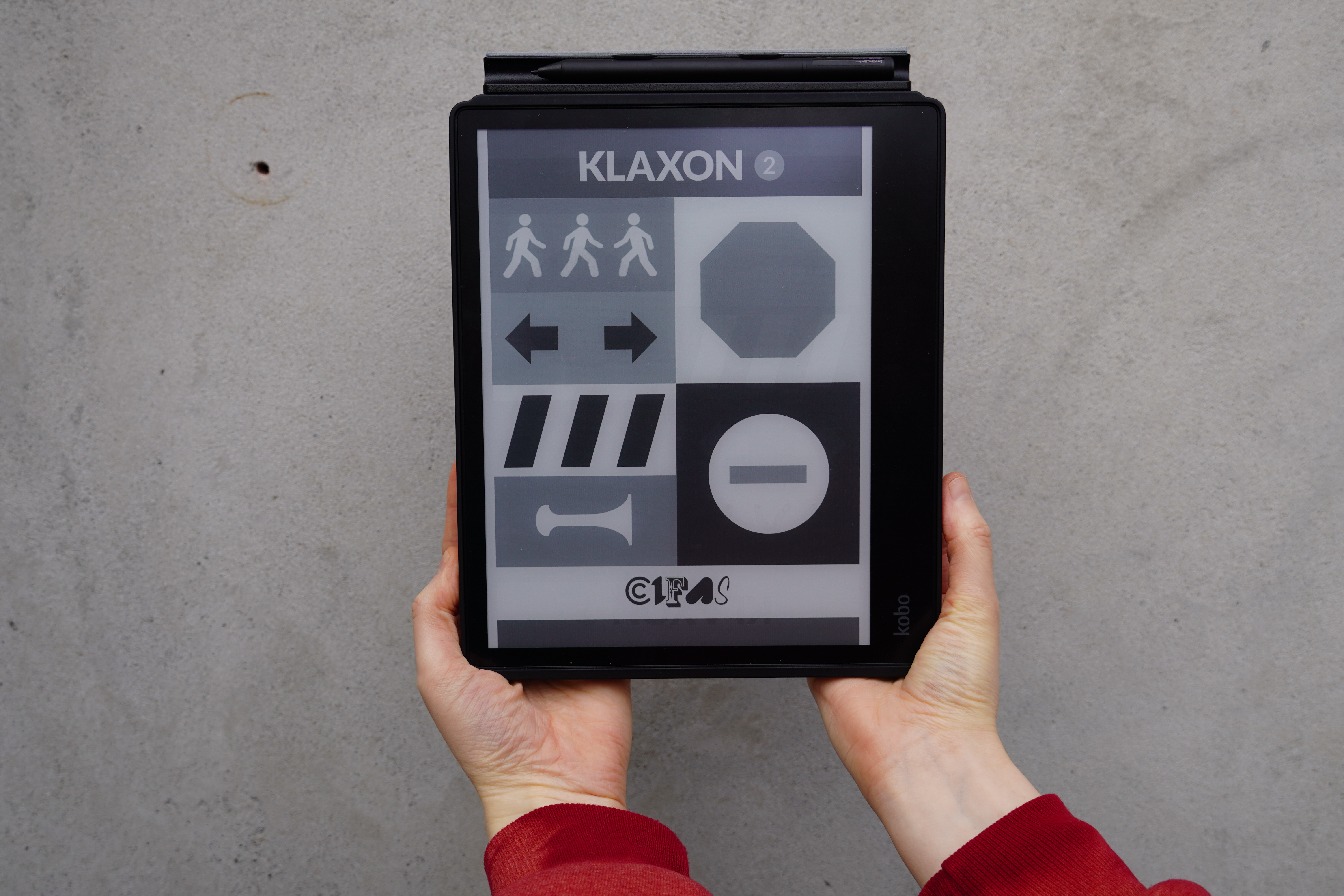
The second issue of Klaxon observes this particular place where Art in Public Space adjoins or even becomes political activism.
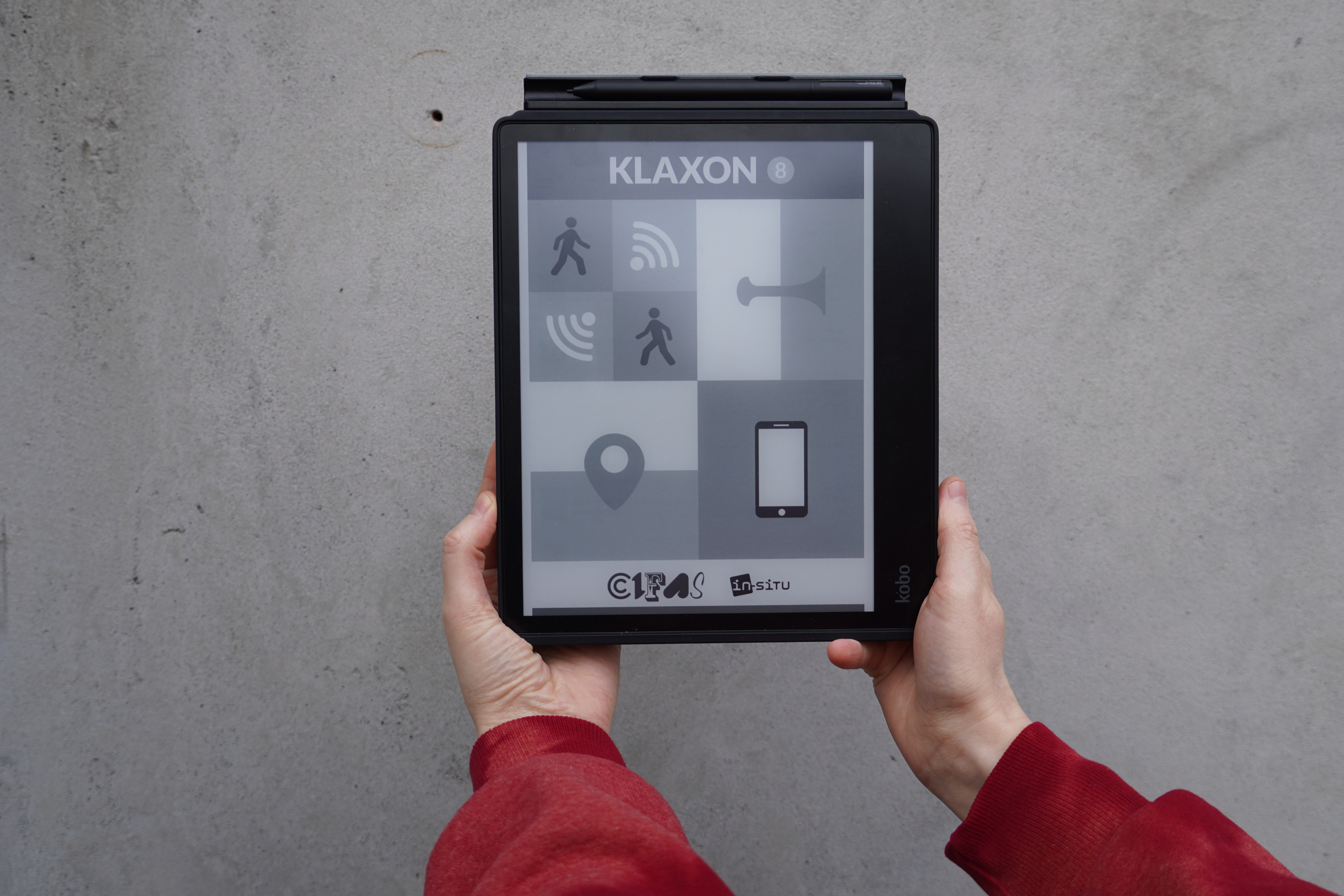
Nowadays, public space is no longer limited to streets, squares, or even “public” buildings, but also comprises the Web, digital exchanges, as well as technological prostheses that steer and find us. Klaxon’s 8th edition zeroes in on this proximity between the digital world and the physical world—specifically in the urban sphere.
One-off publications
La Bulle du Marais
| 2023 |
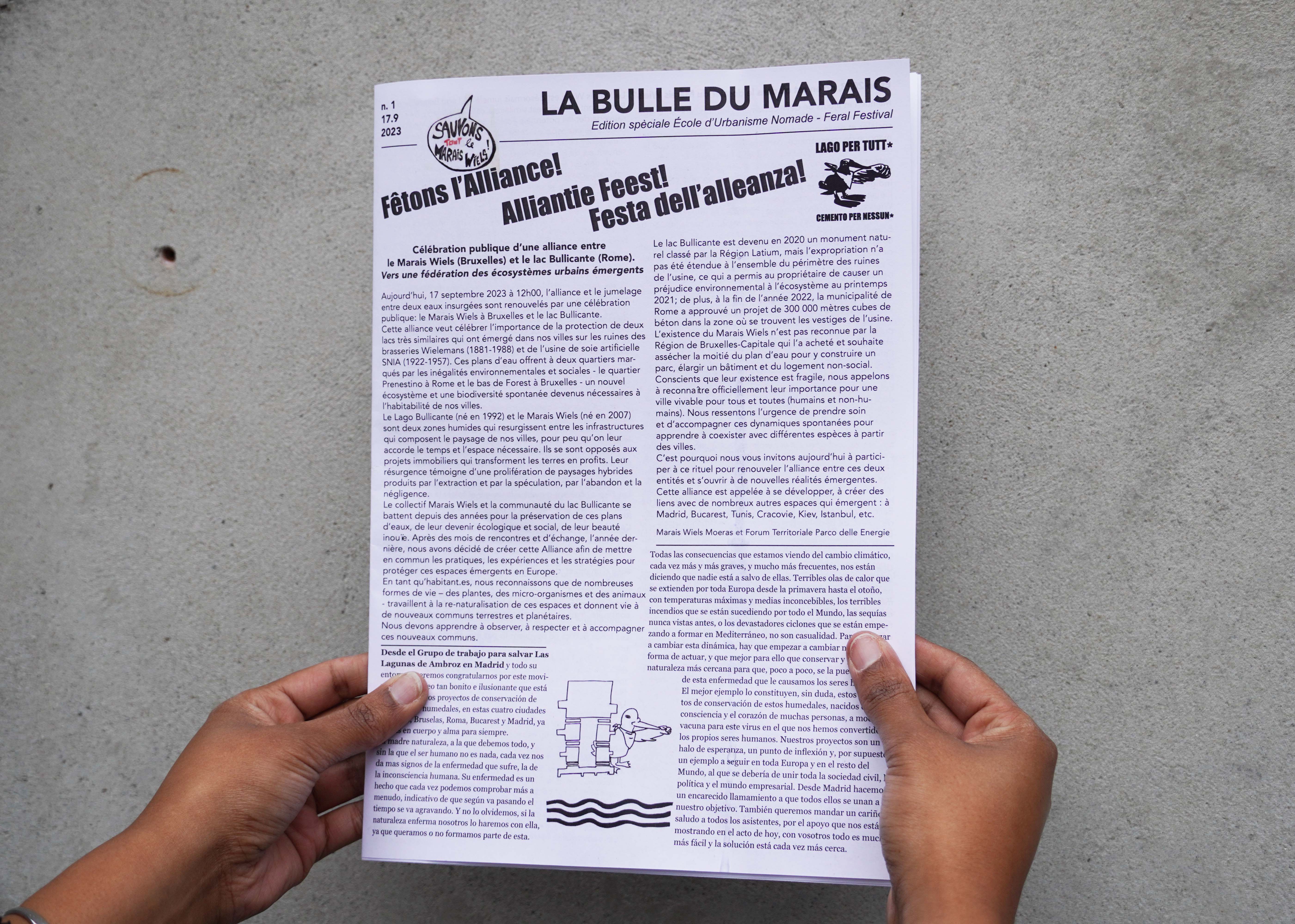
Newspaper designed during the School of Nomadic Urbanism organised by Stalker at the Marais Wiels in September 2023, on Cifas' invitation.
